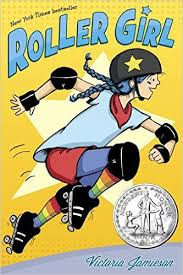From School Library Journal
Gr 4–7—Alice is sent to live with her Uncle Geryon after her father's ship goes down in a storm. She's never heard of this man and doesn't know what to expect when she arrives at his mansion. The only instruction she is given is to avoid the library. Left to her own devices, she meets a talking cat named Ashes, and Isaac, a boy who challenges her to open a book from the forbidden library. Giving in to temptation, she picks one up, finds herself trapped inside it, and must fight her way out. Along the way, Alice learns about the secrets that surrounded her father and the truth about Uncle Geryon. Every character she meets has a hidden agenda and so she must be careful whom she trusts. Alice questions everything she has been told and has to figure out everyone's motives, ultimately relying on her wits to survive. Each chapter ends on a cliff-hanger, and eerie illustrations enhance the story. This novel is reminiscent of Corneila Funke's Inkheart (Scholastic, 2003) and Neil Gaiman's Coraline (HarperCollins, 2002). Wexler ingeniously creates an inventive world with interesting creatures and frightening situations. The ending will leave children with many questions, as a sequel is strongly implied.—H. Islam, Brooklyn Public Library
I loved this! Can't wait to read the sequels.







